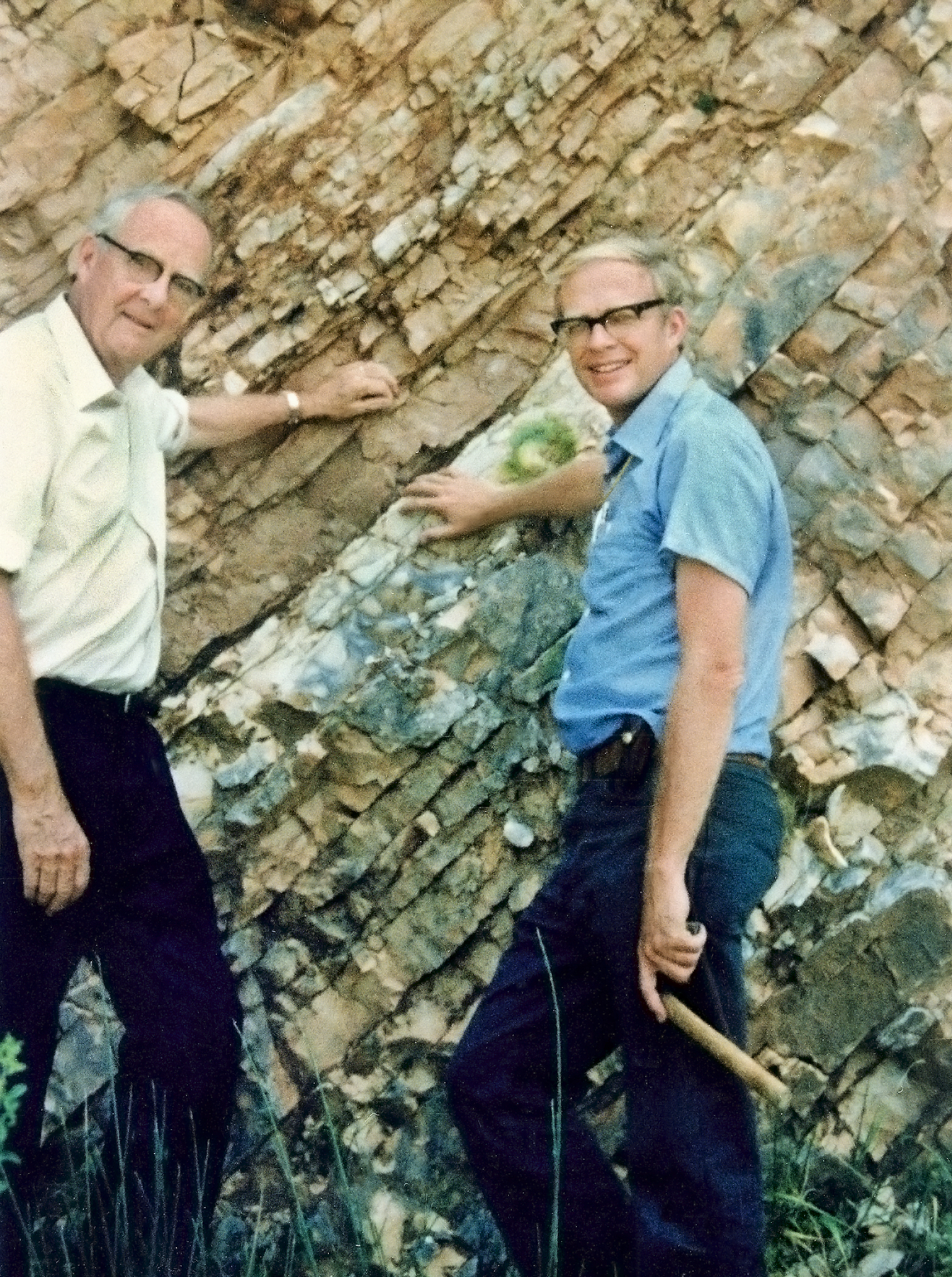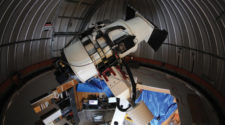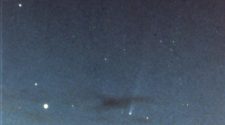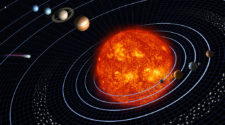MAY 31, 2020: Comet ATLAS C/2019 Y4 will pass through perihelion at a heliocentric distance of 0.25 AU. A previous “Comet of the Week,” Comet ATLAS initially showed potential for becoming a bright object, but it now appears to have all but disintegrated as it has approached perihelion. It is traveling in the same orbit as the Great Comet of 1844 and is almost certainly a trailing component of that comet; this and other comet “pairs” and “groups” are discussed in a future “Special Topics” presentation.
JUNE 1, 1995: The “Near-Earth Objects Survey Working Group,” a special commission chartered by the U.S. Congress and led by planetary geologist Eugene Shoemaker, issues its report to Congress and to NASA. Among its major recommendations is the establishment of comprehensive sky surveys to search for potentially threatening near-Earth objects and identify them well in advance. The results of these surveys are discussed in a previous “Special Topics” presentation, and the surveys themselves are discussed in a future “Special Topics” presentation.
JUNE 2, 1822: German astronomer Carl Rumker, then residing at Parramatta, New South Wales, recovers the comet now known as 2P/Encke based upon a prediction made by German mathematician Johann Encke. This was only the second periodic comet to be recovered based on a prediction, and the comet was subsequently named after Encke. Comet 2P/Encke returns to perihelion later this month and is a future “Comet of the Week.”
JUNE 2, 1858: Italian astronomer Giovanni Donati discovers a comet from Florence Observatory. Later that year Comet Donati became a spectacular naked-eye object, and it is a future “Comet of the Week.”
JUNE 2, 2018: The Mount Lemmon survey based in Arizona discovers a tiny asteroid, no more than a few meters across, designated 2018 LA. Eight hours later 2018 LA entered the earth’s atmosphere above Botswana and disintegrated, creating a bright fireball in the process. A few meteorites have subsequently been identified in Botswana. 2018 LA and a few similar objects are discussed in a future “Special Topics” presentation.
JUNE 3, 1861: Comet Thatcher 1861 I (new style: C/1861 G1), the parent comet of the Lyrid meteor shower, passes through perihelion at a heliocentric distance of 0.921 AU.
JUNE 3, 1966: American geophysicist Henry Faul publishes his paper “Tektites are Terrestrial,” wherein he demonstrates that the rocks called “tektites,” despite their similar physical appearances to meteorites, are in fact terrestrial in origin, although they are created by soil and sediment heated up due to meteorite impacts. Tektites and their relationship to meteorites are discussed in a previous “Special Topics” presentation.
JUNE 3, 2013: The centaur (10199) Chariklo occults a 13th-magnitude star in Scorpius. Before the actual occultation itself, the star briefly disappeared and reappeared twice, and did the same thing after the occultation, revealing that Chariklo possesses two very thin rings – the only centaur known to do so. Centaurs, and results like these obtained from observations of occultations, are both subjects of previous “Special Topics” presentations.

JUNE 6, 1980: The father-and-son team of Luis and Walter Alvarez publish a paper wherein they show that sediments from the end of the Cretaceous Period 66 million years ago are heavily enriched with the metal iridium, which is very rare on Earth but somewhat abundant in asteroids and comets. They then propose that the impact of such an object at the end of the Cretaceous Period was responsible for the mass biological extinction event at that time that killed, among many other species, the dinosaurs. The “K-T event,” as this has come to be called, is the subject of this week’s “Special Topics” presentation.
More from Week 23:
Comet of the Week Special Topic Free PDF Download Glossary
Ice and Stone 2020 Home Page


